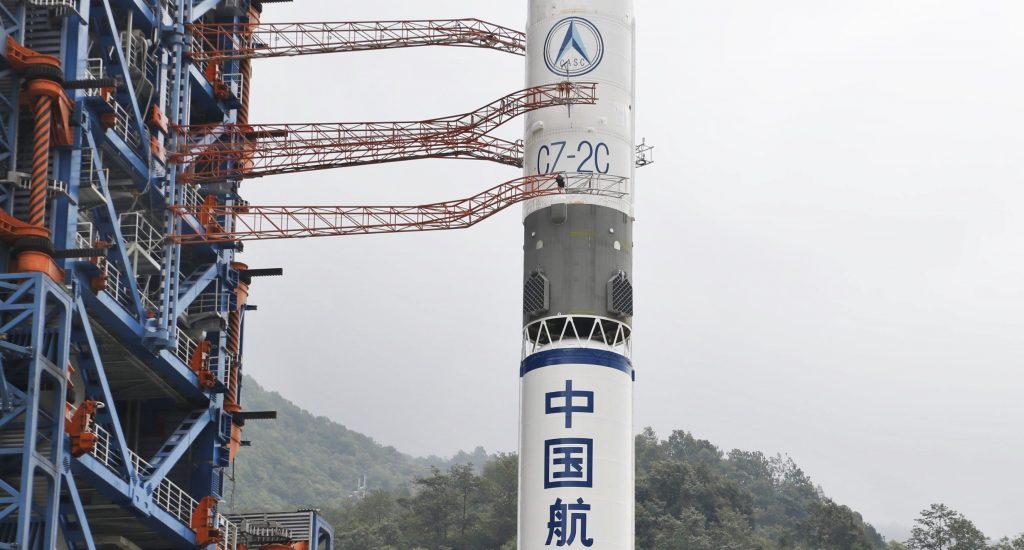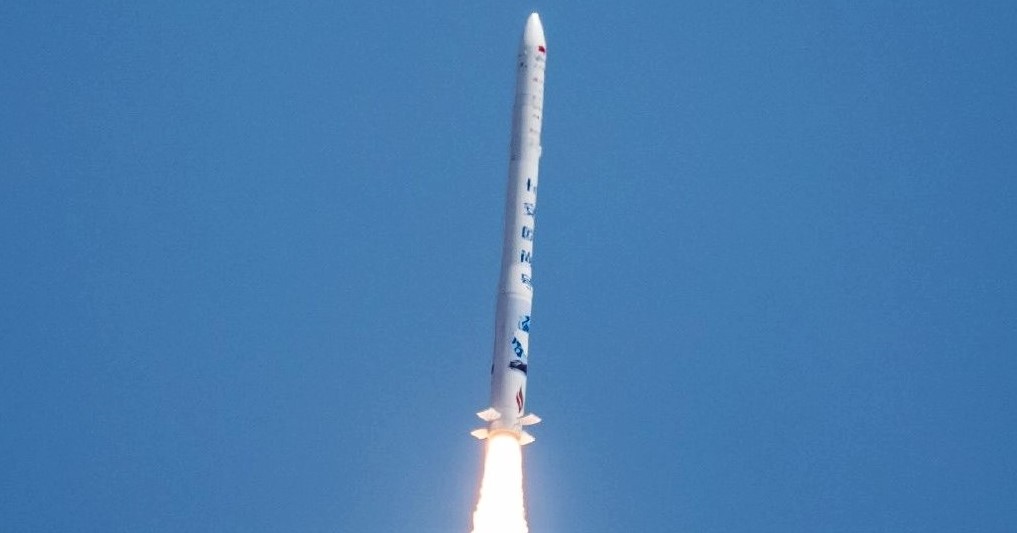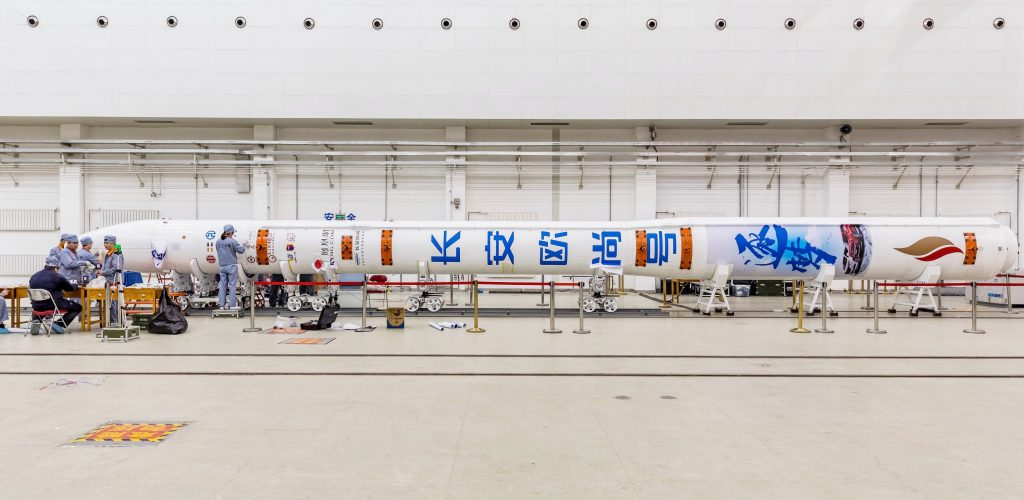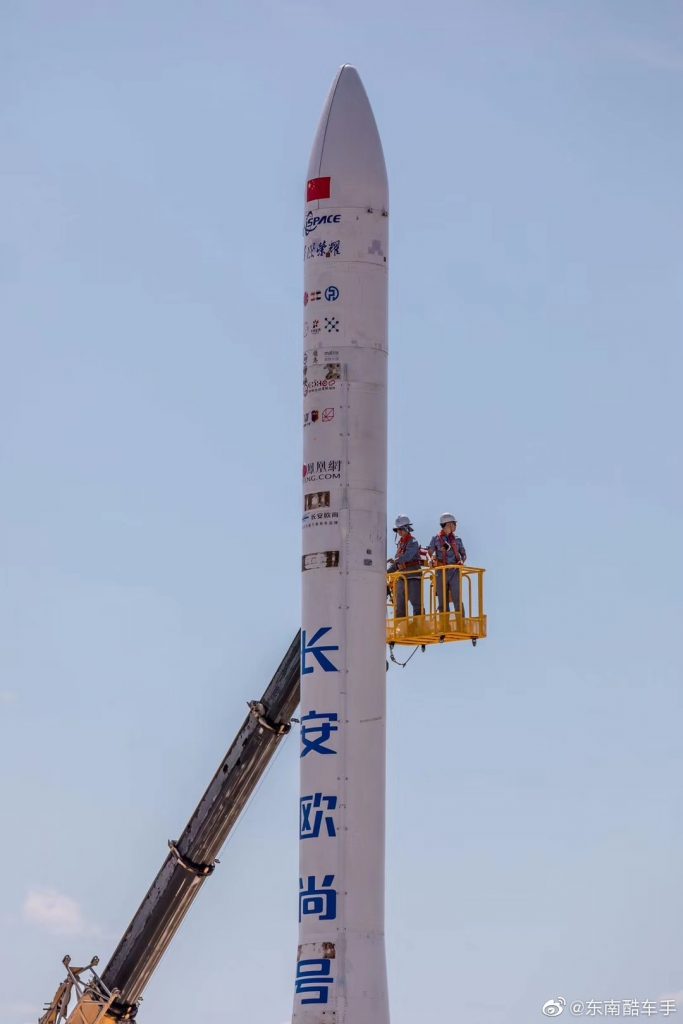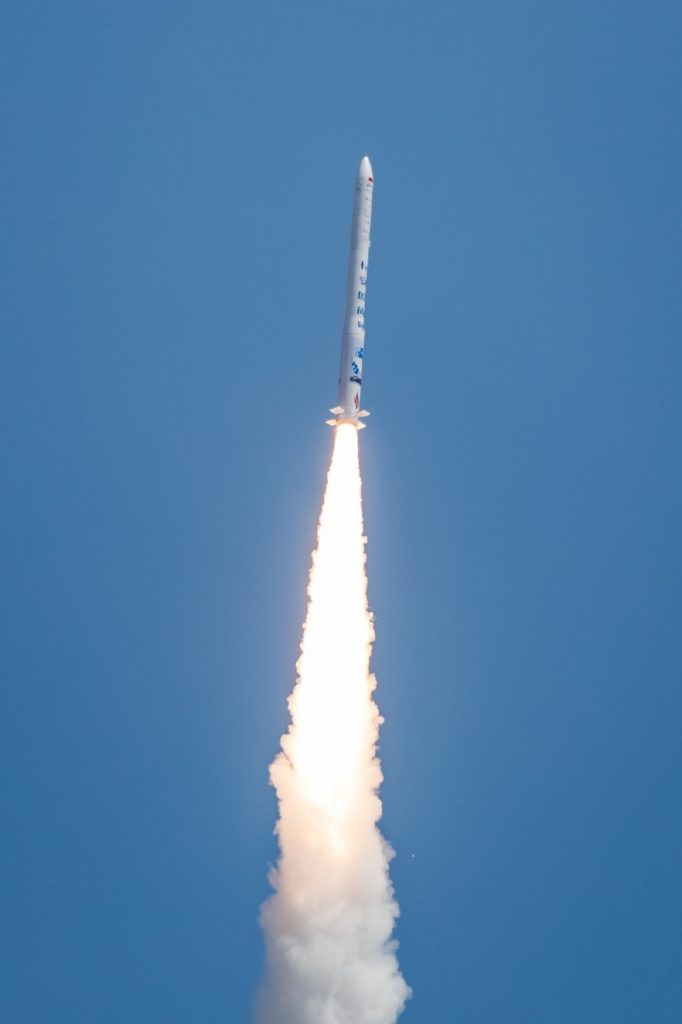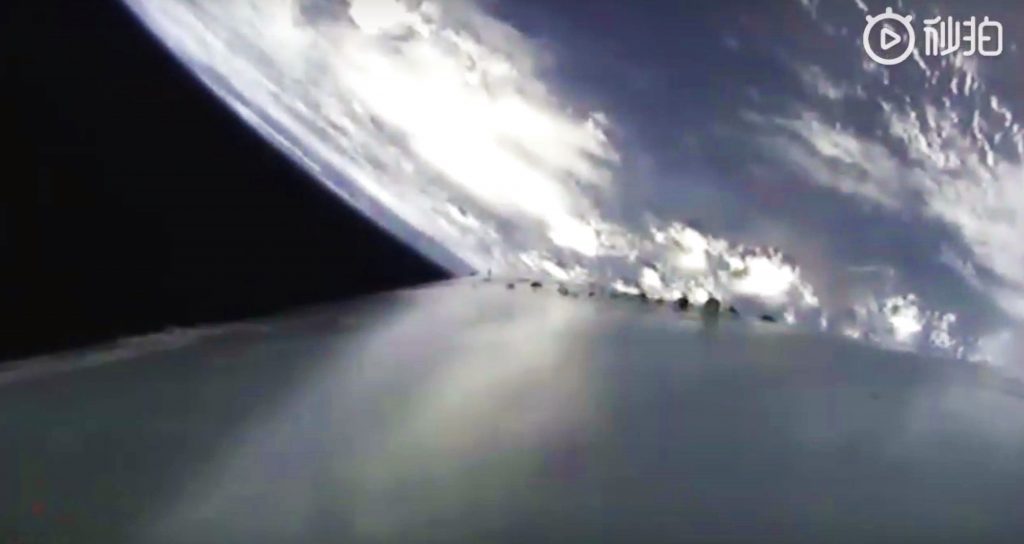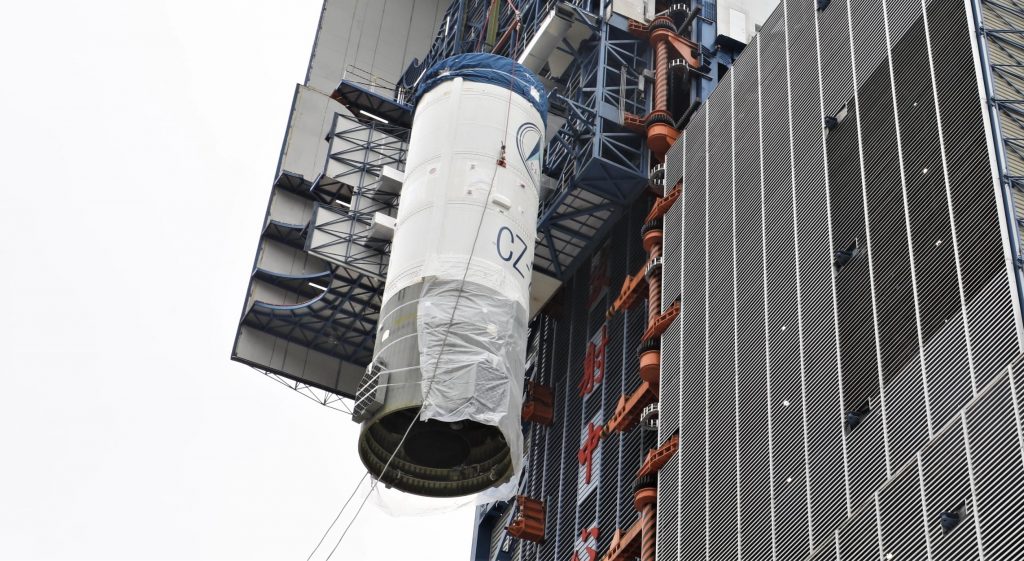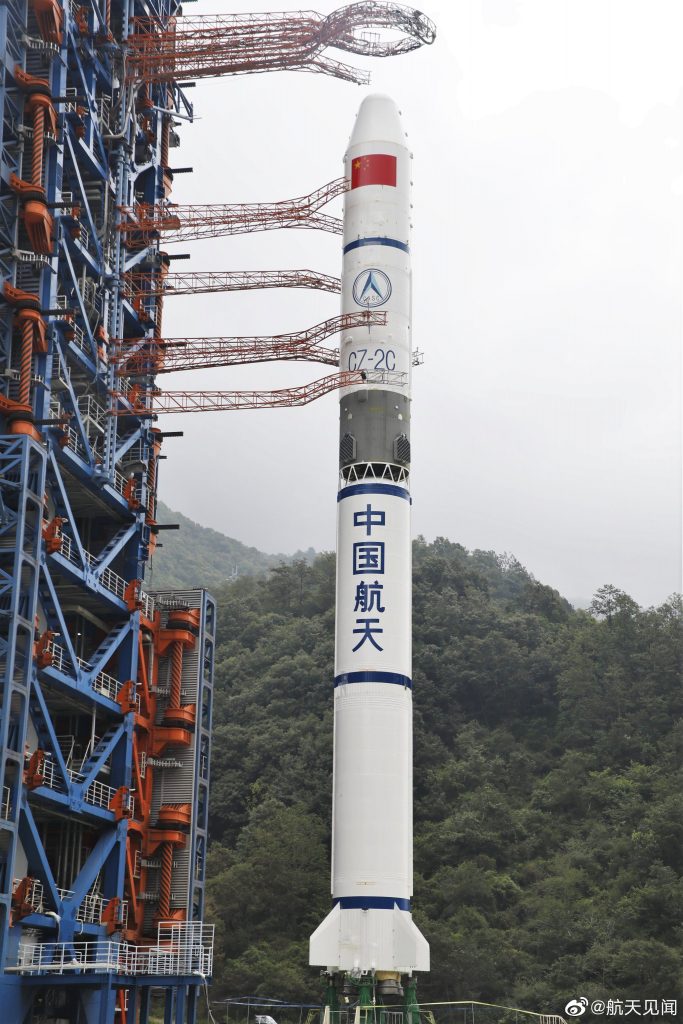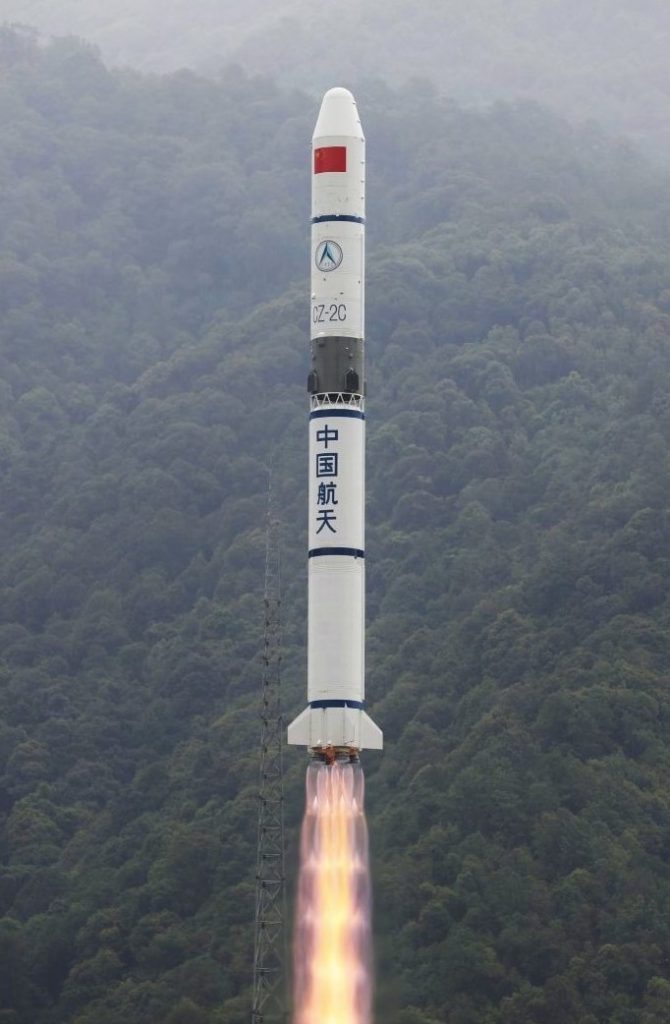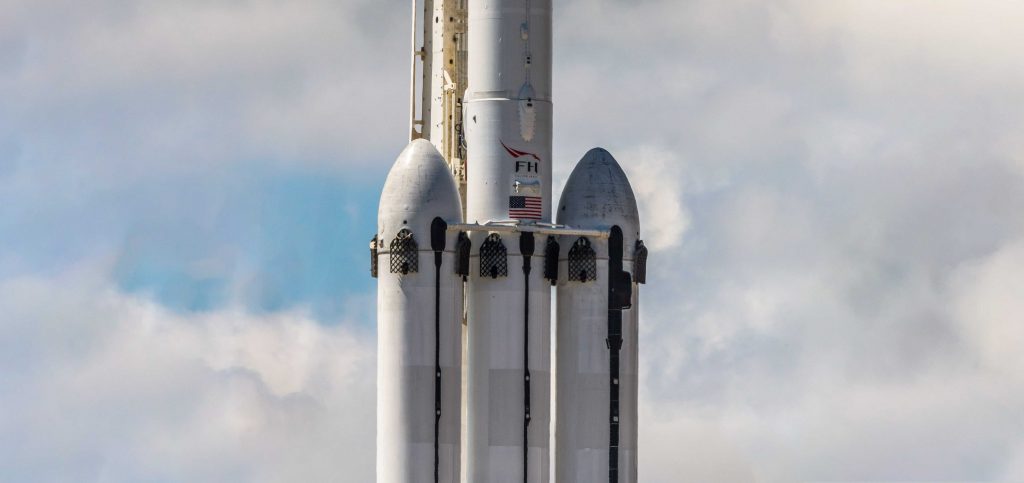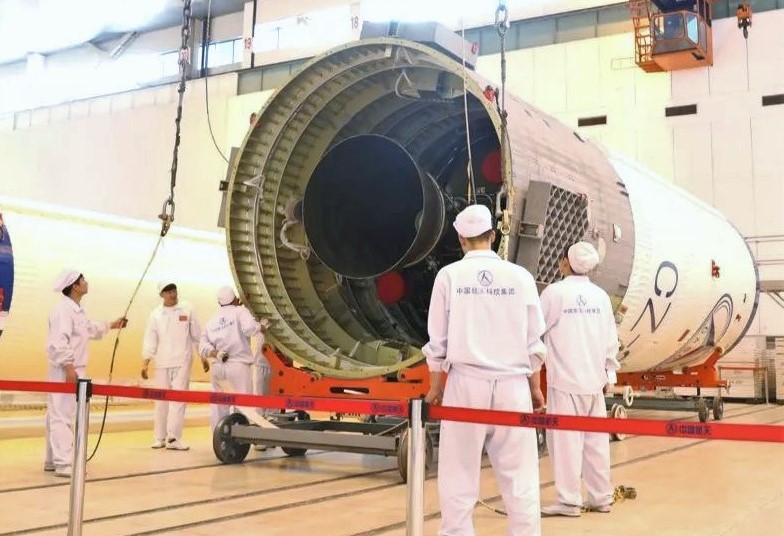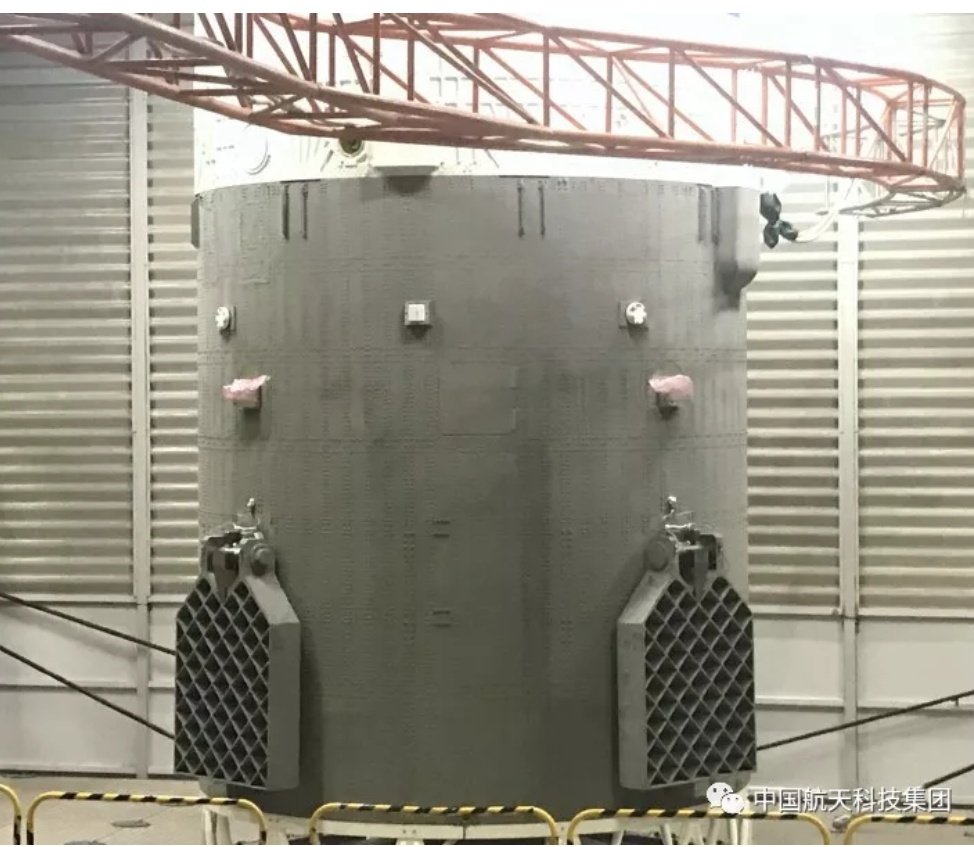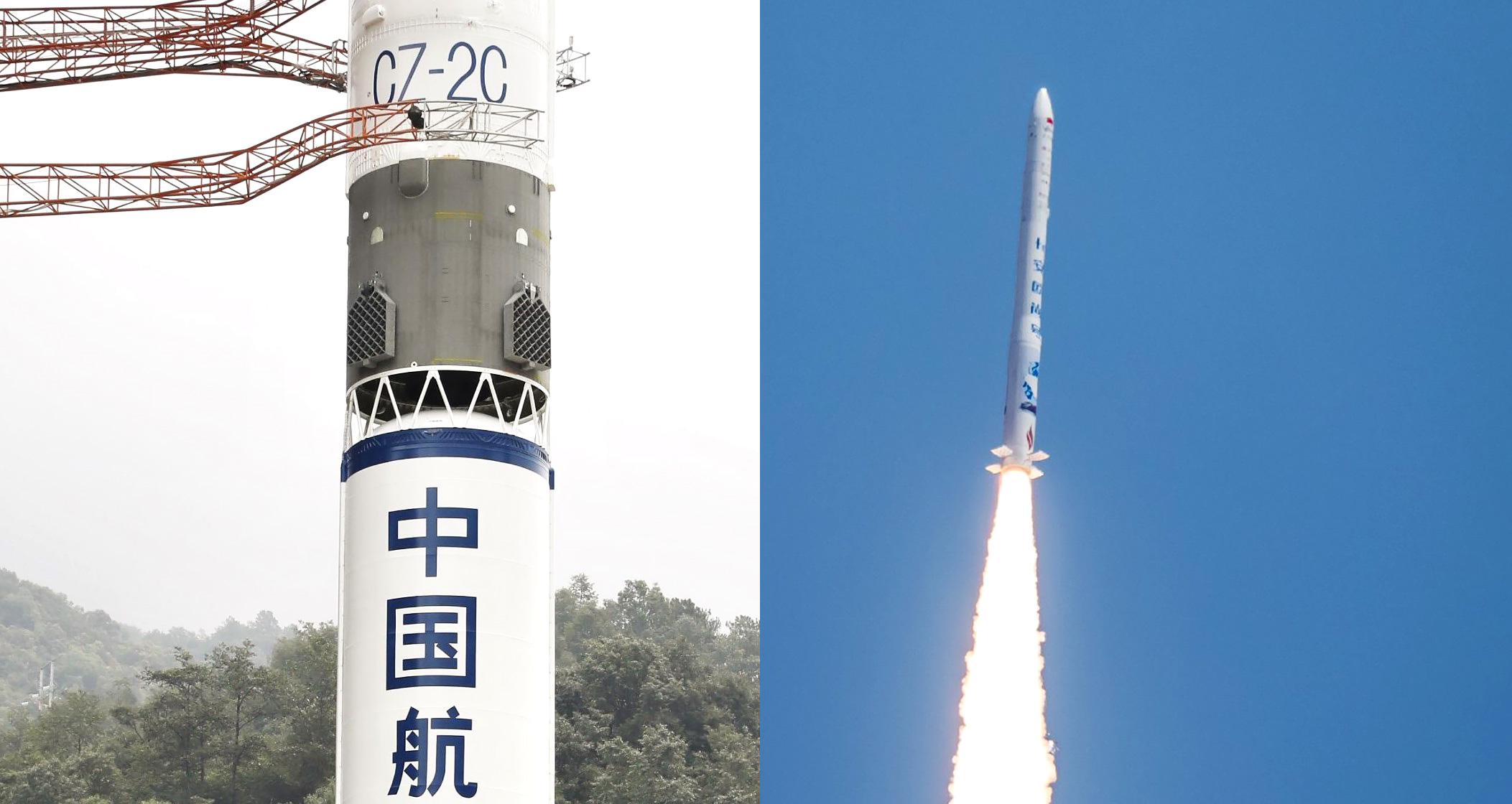
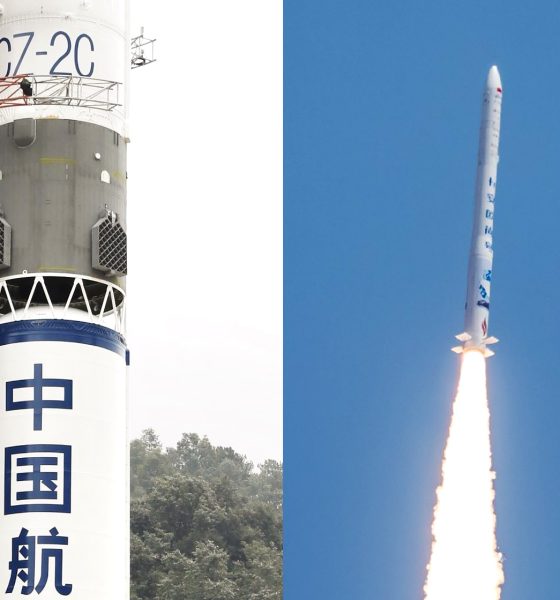
News
DeepSpace: China tests SpaceX-reminiscent grid fins after iSpace snags orbital milestone
Eric Ralph · August 1st, 2019
Welcome to the latest edition of DeepSpace! Each week, Teslarati space reporter Eric Ralph hand-crafts this newsletter to give you a breakdown of what’s happening in the space industry and what you need to know.
Although the accomplishments aren’t quite as flashy as a launch to the Moon, the last week has featured a number of interesting developments and significant milestones from both the state-run and quasi-commercial wings of Chinese spaceflight.
In the commercial realm, Chinese startup iSpace became the country’s first commercial entity to successfully reach orbit, achieving the feat with a three-stage solid rocket called Hyperbola 1.
One day later, state-owned Chinese company China Aerospace Science and Technology Corporation (CASC) completed its 50th successful Long March 2 rocket launch on a relatively routine government spy satellite mission. Unique was the fact that the rocket marked the first flight test of grid fins – extremely similar to those used on SpaceX’s Falcon 9 – on a Long March rocket.
The march to orbit
- In 2019 alone, three Chinese spaceflight startups have made their first orbital launch attempts and more tries are planned in the second half of the year. OneSpace and LandSpace both got close but ended up suffering partial failures that cut their attempts short before safely reaching orbit.
- Enter iSpace: one of dozens of startups in a burgeoning Chinese commercial spaceflight industry, the company’s three-stage solid rocket – named Hyperbola 1 – became the first Chinese startup-launched rocket to successfully reach orbit on July 25th.
- Although a large amount of the hardware may well have been procured (or licensed) wholesale from CASC, the success still signifies the start of a new alternative to government launches for companies (and perhaps government agencies) seeking to launch smaller satellites.
- Hyperbola 1 stands about 21m (68 ft) tall, is 1.4m (4.6 ft) in diameter at its widest point, and weighs about 31 tons (68,000 lb) when fully fueled. Three solid rocket stages are followed by an extremely small fourth stage meant to circularize the payload(s) in low Earth orbit (LEO).
- The rocket is capable of launching as much as 260 kg (570 lb) to a 500 km (310 mi) sun-synchronous orbit (SSO).
- For iSpace, Hyperbola 1 is more of a stopgap measure as the company works to develop Hyperbola 2, a significantly larger launch vehicle meant to feature a reusable booster and internally-developed liquid rocket engines.
- Ultimately, Hyperbola 1 reaching orbit is an exciting milestone, but it will be far more significant when a Chinese startup reaches orbit with a launch vehicle it has truly designed and built itself. A number of companies aim to do just that next year (2020).
The sincerest form of flattery…
- A day later (July 26th) and approximately 1000 miles (1600 km) to the southeast, state-run corporation CASC was preparing for a routine launch of its Long March 2C rocket, carrying a trio of relatively small spacecraft for a government spy satellite constellation.
- Technically known as YW-30 Group-5, the launch was a routine success that just so happened to be the Long March 2 family’s 50th successful launch in more than 35 years. The family has only suffered one in-flight failure.
- Long March 2C is a two-stage rocket that stands 42m (138 ft) tall (shorter than Falcon 9’s first stage), 3.35m (11 ft) wide, and weighs ~233 tons (514,000 lb) fully fueled. The 2C variant is capable of launching ~3850 kg (8500 lb) into LEO and more than 1250 kg (2750 lb) into geostationary transfer orbit (GTO).
- Although the rocket’s 50th launch success milestone is worth recognizing, this particular launch wound up drawing a significantly greater amount of attention for an entirely different reason: attached to the outside of the Long March 2C’s booster interstage was a quartet of immediately familiar grid fins.
- SpaceX has grown famous in the last five or so years for its spectacularly successful Falcon 9 recovery and reusability, aided in no small part by grid fins used by the booster to retain aerodynamic control authority during its hypersonic jaunts through the atmosphere.
- The appearance of grid fins on a Chinese rocket – looking undeniably similar to SpaceX’s first-generation aluminum fins – raised some (moderately xenophobic) ire in the space community, with people falling back on the stereotype of the perceived willingness of Chinese people to flagrantly ‘copy’ ideas.
- Both the stereotype and the grid fin-stoked ire are arguably undeserved. SpaceX did not invent grid fins, nor did it invent the concept of using grid fins to guide suborbital projectiles.
- In fact, CEO Elon Musk would almost certainly be happy to see someone – anyone! – blatantly copy SpaceX’s approach to reusability. A blatant copy, while not exactly worthy of pride, is still a major improvement over companies sticking their heads in the sand and tacitly choosing insolvency and commercial irrelevance rather than admit that they were wrong and SpaceX was right.
- (Pauline Acalin – Teslarati)
- According to CASC, this mission’s grid fins were included to flight-test their ability to more carefully guide the booster’s return to Earth. China infamously takes a… lax… approach to range safety, allowing spent boosters and fairings to haphazardly crash into inhabited areas, often containing remnants of their sometimes toxic propellant.
- Indeed, this particular booster did appear to crash in an uninhabited valley, be it thanks to those experimental grid fins or pure chance
- However, aside from not crashing large objects in populated areas, CASC and China have plans to develop a Long March 6 rocket with a reusable booster that will use the same recovery methods as Falcon 9. That rocket could fly as early as 2021 and July 26th’s grid fin test is an obvious sign that work is ongoing.
- If China manages to develop and launch a partially reusable rocket by 2021, they will be miles (and years) ahead of its space agency peers (NASA, ESA, CNES) and companies like ULA and Arianespace.
Thanks for being a Teslarati Reader! Stay tuned for next week’s issue of DeepSpace.
– Eric

News
Tesla FSD fleet is nearing 7 billion total miles, including 2.5 billion city miles
As can be seen on Tesla’s official FSD webpage, vehicles equipped with the system have now navigated over 6.99 billion miles.

Tesla’s Full Self-Driving (Supervised) fleet is closing in on almost 7 billion total miles driven, as per data posted by the company on its official FSD webpage.
These figures hint at the massive scale of data fueling Tesla’s rapid FSD improvements, which have been quite notable as of late.
FSD mileage milestones
As can be seen on Tesla’s official FSD webpage, vehicles equipped with the system have now navigated over 6.99 billion miles. Tesla owner and avid FSD tester Whole Mars Catalog also shared a screenshot indicating that from the nearly 7 billion miles traveled by the FSD fleet, more than 2.5 billion miles were driven inside cities.
City miles are particularly valuable for complex urban scenarios like unprotected turns, pedestrian interactions, and traffic lights. This is also the difference-maker for FSD, as only complex solutions, such as Waymo’s self-driving taxis, operate similarly on inner-city streets. And even then, incidents such as the San Francisco blackouts have proven challenging for sensor-rich vehicles like Waymos.
Tesla’s data edge
Tesla has a number of advantages in the autonomous vehicle sector, one of which is the size of its fleet and the number of vehicles training FSD on real-world roads. Tesla’s nearly 7 billion FSD miles then allow the company to roll out updates that make its vehicles behave like they are being driven by experienced drivers, even if they are operating on their own.
So notable are Tesla’s improvements to FSD that NVIDIA Director of Robotics Jim Fan, after experiencing FSD v14, noted that the system is the first AI that passes what he described as a “Physical Turing Test.”
“Despite knowing exactly how robot learning works, I still find it magical watching the steering wheel turn by itself. First it feels surreal, next it becomes routine. Then, like the smartphone, taking it away actively hurts. This is how humanity gets rewired and glued to god-like technologies,” Fan wrote in a post on X.
News
Tesla starts showing how FSD will change lives in Europe
Local officials tested the system on narrow country roads and were impressed by FSD’s smooth, human-like driving, with some calling the service a game-changer for everyday life in areas that are far from urban centers.

Tesla has launched Europe’s first public shuttle service using Full Self-Driving (Supervised) in the rural Eifelkreis Bitburg-Prüm region of Germany, demonstrating how the technology can restore independence and mobility for people who struggle with limited transport options.
Local officials tested the system on narrow country roads and were impressed by FSD’s smooth, human-like driving, with some calling the service a game-changer for everyday life in areas that are far from urban centers.
Officials see real impact on rural residents
Arzfeld Mayor Johannes Kuhl and District Administrator Andreas Kruppert personally tested the Tesla shuttle service. This allowed them to see just how well FSD navigated winding lanes and rural roads confidently. Kruppert said, “Autonomous driving sounds like science fiction to many, but we simply see here that it works totally well in rural regions too.” Kuhl, for his part, also noted that FSD “feels like a very experienced driver.”
The pilot complements the area’s “Citizen Bus” program, which provides on-demand rides for elderly residents who can no longer drive themselves. Tesla Europe shared a video of a demonstration of the service, highlighting how FSD gives people their freedom back, even in places where public transport is not as prevalent.
What the Ministry for Economic Affairs and Transport says
Rhineland-Palatinate’s Minister Daniela Schmitt supported the project, praising the collaboration that made this “first of its kind in Europe” possible. As per the ministry, the rural rollout for the service shows FSD’s potential beyond major cities, and it delivers tangible benefits like grocery runs, doctor visits, and social connections for isolated residents.
“Reliable and flexible mobility is especially vital in rural areas. With the launch of a shuttle service using self-driving vehicles (FSD supervised) by Tesla in the Eifelkreis Bitburg-Prüm, an innovative pilot project is now getting underway that complements local community bus services. It is the first project of its kind in Europe.
“The result is a real gain for rural mobility: greater accessibility, more flexibility and tangible benefits for everyday life. A strong signal for innovation, cooperation and future-oriented mobility beyond urban centers,” the ministry wrote in a LinkedIn post.
News
Tesla China quietly posts Robotaxi-related job listing
Tesla China is currently seeking a Low Voltage Electrical Engineer to work on circuit board design for the company’s autonomous vehicles.

Tesla has posted a new job listing in Shanghai explicitly tied to its Robotaxi program, fueling speculation that the company is preparing to launch its dedicated autonomous ride-hailing service in China.
As noted in the listing, Tesla China is currently seeking a Low Voltage Electrical Engineer to work on circuit board design for the company’s autonomous vehicles.
Robotaxi-specific role
The listing, which was shared on social media platform X by industry watcher @tslaming, suggested that Tesla China is looking to fill the role urgently. The job listing itself specifically mentions that the person hired for the role will be working on the Low Voltage Hardware team, which would design the circuit boards that would serve as the nervous system of the Robotaxi.
Key tasks for the role, as indicated in the job listing, include collaboration with PCB layout, firmware, mechanical, program management, and validation teams, among other responsibilities. The role is based in Shanghai.
China Robotaxi launch
China represents a massive potential market for robotaxis, with its dense urban centers and supportive policies in select cities. Tesla has limited permission to roll out FSD in the country, though despite this, its vehicles have been hailed as among the best in the market when it comes to autonomous features. So far, at least, it appears that China supports Tesla’s FSD and Robotaxi rollout.
This was hinted at in November, when Tesla brought the Cybercab to the 8th China International Import Expo (CIIE) in Shanghai, marking the first time that the autonomous two-seater was brought to the Asia-Pacific region. The vehicle, despite not having a release date in China, received a significant amount of interest among the event’s attendees.
